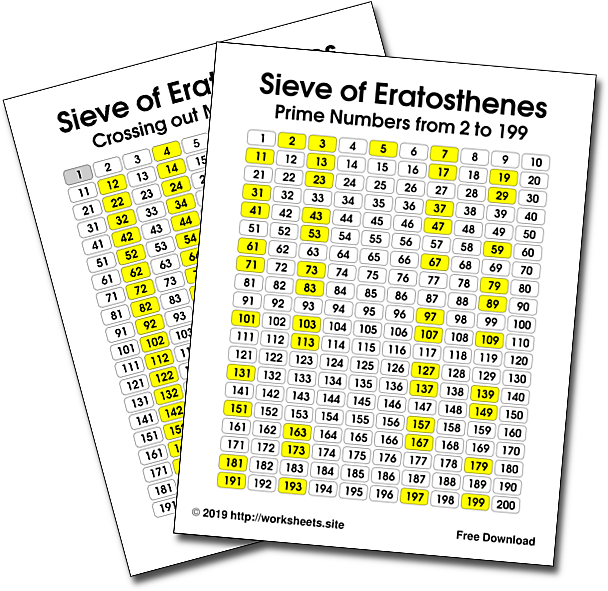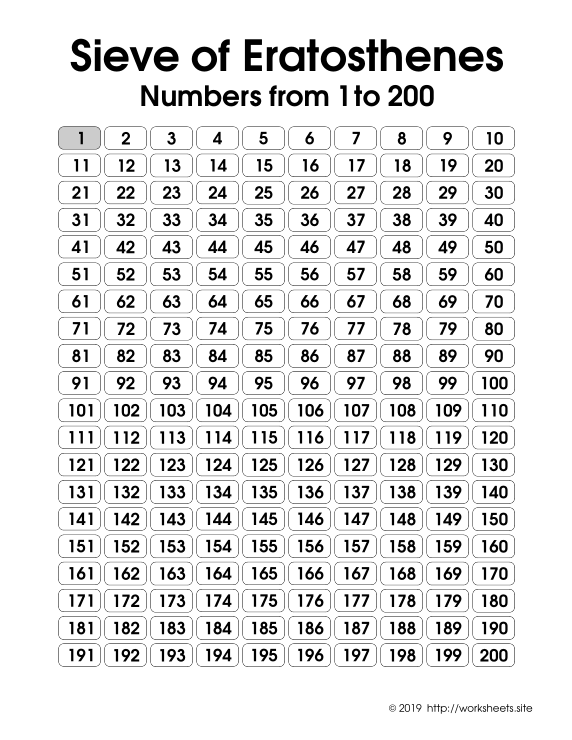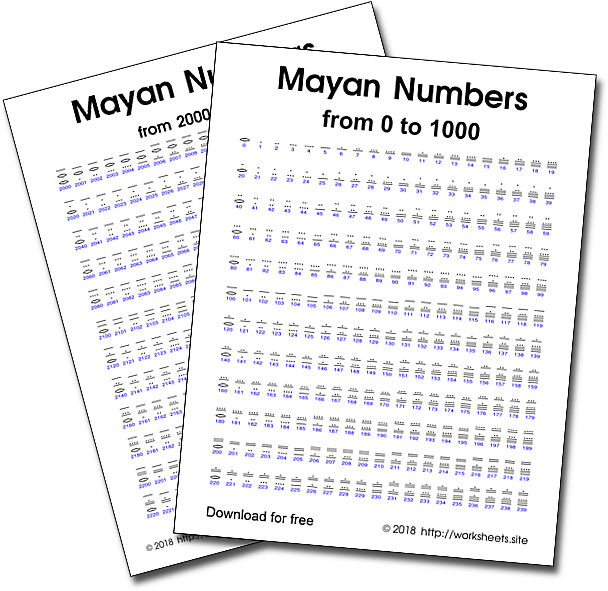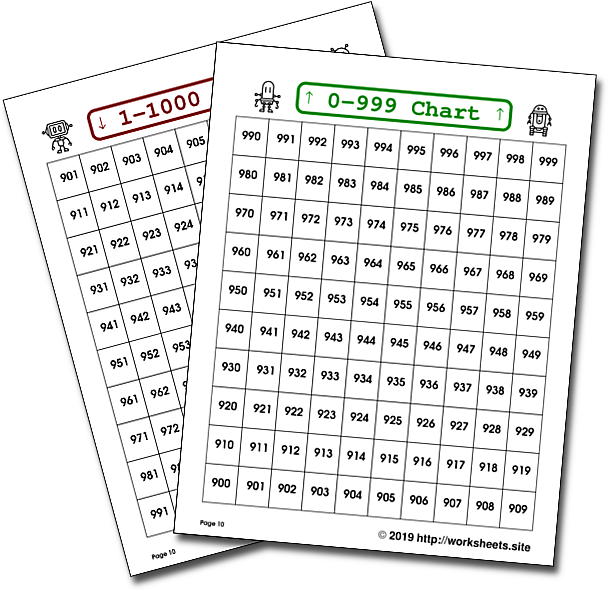Sieve of Eratosthenes Step by Step
The Sieve of Eratosthenes is one of many of Eratosthenes' contributions, it finds prime numbers using Eratosthenes' method.
Eratosthenes was a Greek polymath: mathematician, geographer, poet, astronomer, and music theorist who invented a simple, efficient algorithm for finding all prime numbers up to any given limit. Unfortunately, only fragments of his works remain after the destruction of the Alexandria Library.
Eratosthenes' Method consists of going through a table of numbers using the following steps:
- We start at number 2, we reserve number 2 as a prime number but we cross out all multiples of 2 (that is, we cross out 4, 6, 8, etc.).
- We continue with the next number that is not crossed out in the table, in this case number 3, we reserve number 3 as a prime number and cross out all multiples of 3 (that is, cross out 6, 9, 12, etc.).
- The next number not crossed out in the table is 5, we reserve the number 5 as a prime number and cross out all multiples of 5 (i.e. cross out 10, 15, 20, etc.).
- We continue in this same way with all the numbers until the number less than the square root of the last number of our table. For example, if our table has 200 numbers then we continue testing numbers up to Square Root of 200 = 14.1421, that is, up to prime number 13.
1. GIF animation of the Step by Step Construction of the Sieve of Eratosthenes
In the end, all crossed out numbers are composite numbers and all uncrossed numbers are prime numbers.
This printable PDF booklet ![[PDF Document]](innards/pdf.png) shows the step by step process, marking the composite numbers (multiples) of each prime number, sheet by sheet, so you can study the method in detail. Use the password worksheets.site to open it.
shows the step by step process, marking the composite numbers (multiples) of each prime number, sheet by sheet, so you can study the method in detail. Use the password worksheets.site to open it.







